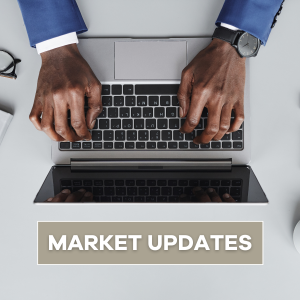Access Investment Advisors

Manitowoc, WI
Access Investment Advisors, Merit Financial Advisors, and LPL Financial are separate entities. Compensation has been paid in the merger. Access Investment Advisors is solely an investment advisor representative of Merit Financial Advisors and is not affiliated with LPL Financial.
Access Investment Advisors Joins Forces with Merit Financial Advisors Effective March 22, 2024.
We are excited to announce the next phase of our company, the merger of Access Investment Advisors and Merit Financial Advisors. We anticipate the transition to the Merit platform will be seamless. You will still have access to the same local team and resources you have now, but with expanded support and services.Our combined team is dedicated to providing you with the same thoughtful guidance, long-term vision, and personalized service you already experience. We appreciate your continued trust in us, remain grateful for your friendship, and look forward to serving you for years to come. Learn more about our team here or call us at (920) 683-9901.
Current Client Links
About Access Investment Advisors
Access was founded in 1995, during a period of significant change in finance. The simple world where bankers lent, insurance agents sold insurance, and brokers sold stocks was changing, and fast. We witnessed a world where clients had little understanding of what they were buying, or the nature of their relationship with their advisor, and concluded that an advisory relationship should be just that—advisory. Clients should feel confident that their advisor has their best interests in mind. Always.
Foundational in our mission to serve is that people are the focus of all of our relationships, not the products they own.
About Merit
Merit is a financial services firm that seeks to establish, educate, and satisfy the financial goals of individuals in and approaching retirement.
We focus on providing reliable and objective financial advice by establishing a genuine and long-lasting relationship with our clients. We administer an array of financial services, which focuses on our client’s personal growth along with their financial goals.
We believe that we can help address the retirement challenges in America by bringing financial freedom, wellness and confidence to the working population and retirees. As people experience financial wellness, they will live more productive lives.
Resources
We’re here to guide you in enhancing and protecting your wealth. Through innovation, we leverage the right tools, resources, and solutions to best serve you. With a wide range of resources focused on financial education and tips, powered by leading-edge technology and cybersecurity, and a robust website with calculators and market updates, we can help you gain further insight into your financial plan.



